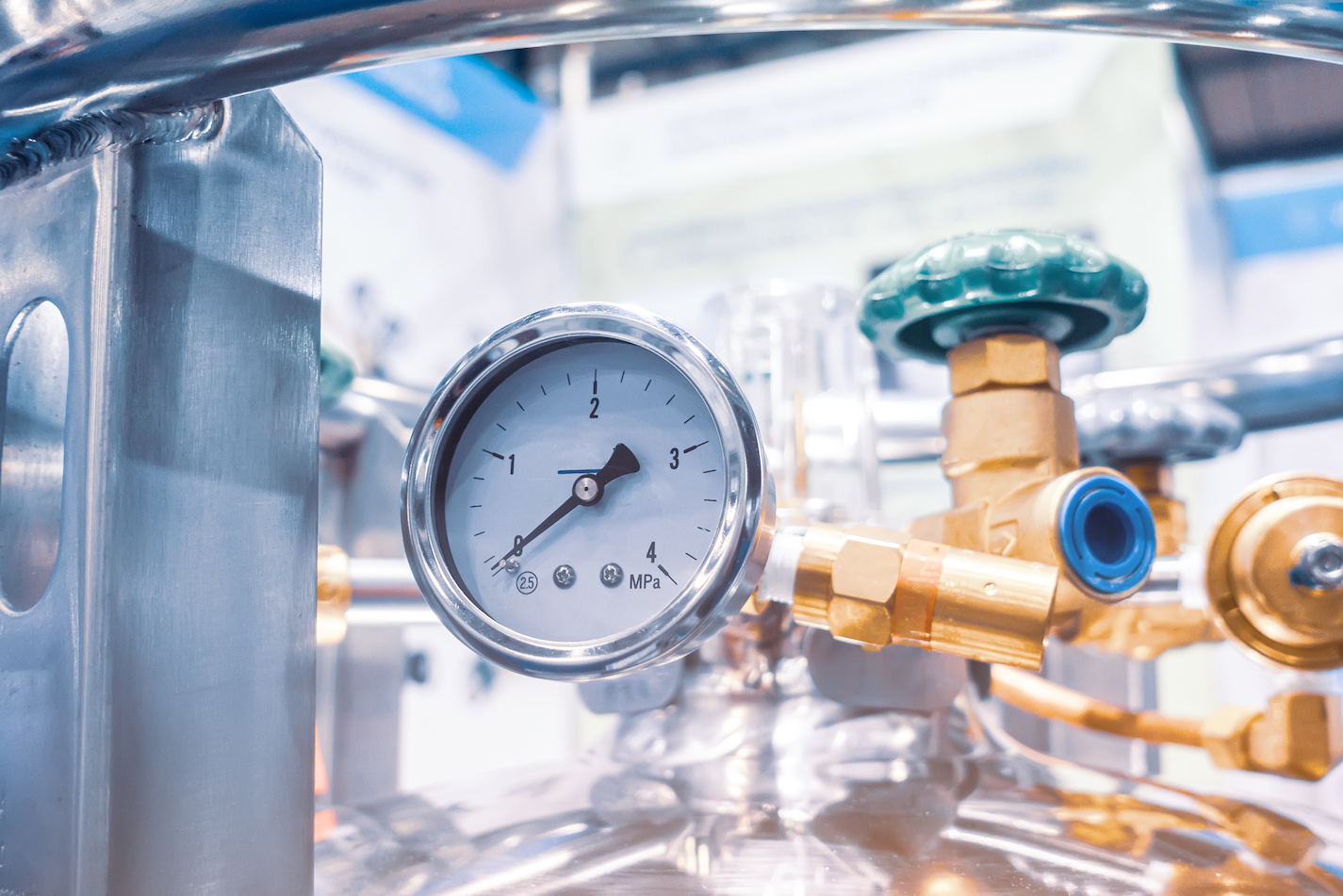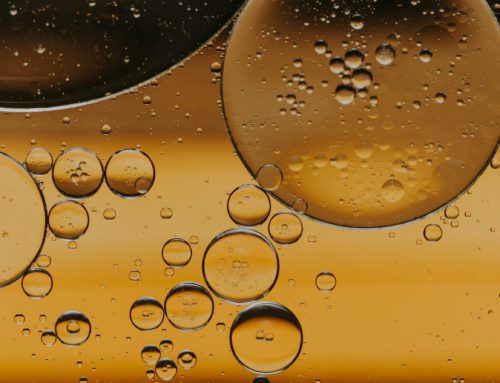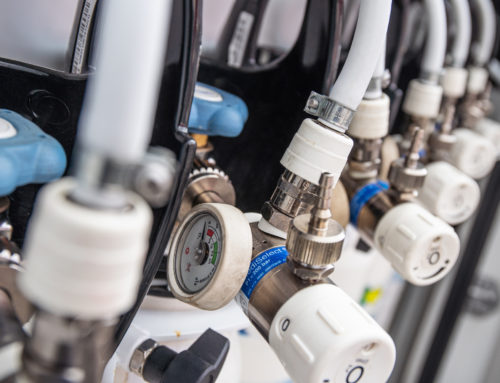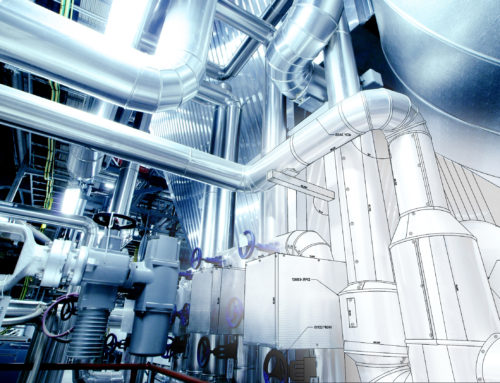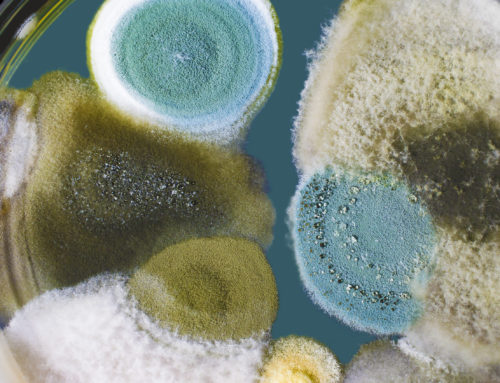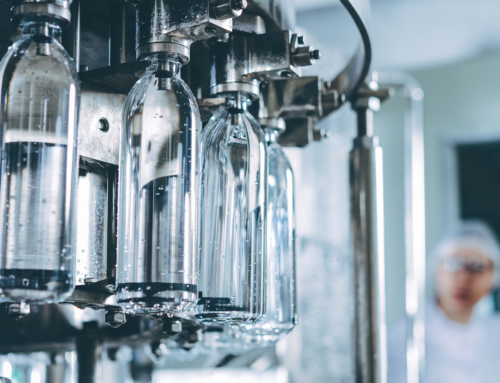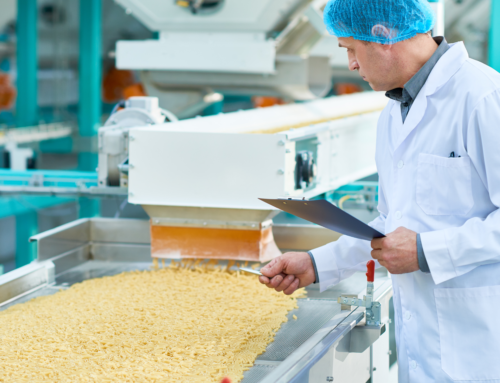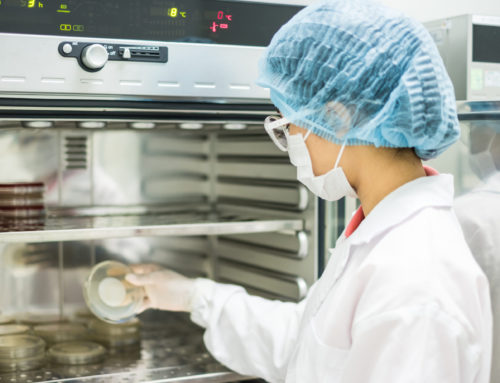Pure gases are a critical component in many manufacturing processes across industries such as food and beverage, pharmaceutical, and medical device manufacturing. The levels of purity and acceptable contamination limits in these gases must be carefully monitored year round to ensure the gas is performing the function adequately and producing a quality end-product. With the help of Trace Analytics, manufacturing facilities can perform gas purity testing at the most critical point: the point-of-use. This is the most effective way to ensure that your compressed gases are meeting your facility’s requirements.
Pure Gas Usage
Pure gases have a variety of different uses in manufacturing industries. Different uses have different purity requirements and different specifications to meet. Individual facilities can determine their specific limits through risk assessments.
– Nitrogen: protect from oxidation, keep products dry, store blood, and manufacture medicines
– Oxygen: fementing, extending shelf life, and prevent anaerobic bacteria
– Carbon Dixoide: keeps beverages fresh and flavorful, prevents oxidation and slows down fermentation
– Pure Gas Mixtures: create modified atmospheric packaging to ensure the longevity of products’ lifespan.
Because of the critical roles these gases play in production and in health and wellness, it is essential that pure gases are regularly monitored for contamination and purity.
Gaseous Contamination and Purity
Gas purity is the percentage of a gas in a given mixture. For example, specifications like USP will dictate what percentage of other gases is acceptable in a 99% nitrogen gas. Without regular testing it is impossible to know that produced gases are maintaining the appropriate level of quality from generation or canister all the way to point of use.
Gaseous contamination refers to contaminants like particles, water, oil, microorganisms, or gases that can be detrimental to the quality of the compressed gas. Because particles, water, oil, and microorganisms are so abundant in the ambient air, it is quite possible for them to find their way into a compressed gas system. Leaks, maintenance, filtration changes (or lack thereof) can all lead to a contaminated gas system.
Point-of-Use Testing
Because contamination can come from so many different sources, and since quality and consistency are key to so many workflows, it is critical to regularly test for gas purity and contamination at the point of use. Gases are regulated as “finish pharmaceuticals” by the FDA and are expected to meet GMP requirements.
If filtration is employed, then it must be monitored as part of the maintenance plan. Testing before and after filtration can help to ensure that the filtration is working as expected.
In addition, point-of-use testing can be used to determine if any point in the distribution piping could be contributing to contamination. If the purity is not the same at the beginning and the end of the distribution line, then there is contamination being introduced at some point. Learn more about troubleshooting systems here.
How to Perform Pure Gas Testing
Trace Analytics provides cost-effective and easy to use sampling kits. The AirCheck kits are made of mostly stainless steel parts and are easy to attach to the point of use in a given system. Pure gas testing at Trace Analytics can meet specifications like JECFA, FCC, CGA, EU 231, NFPA 99, USP, ISO 8573 and more.
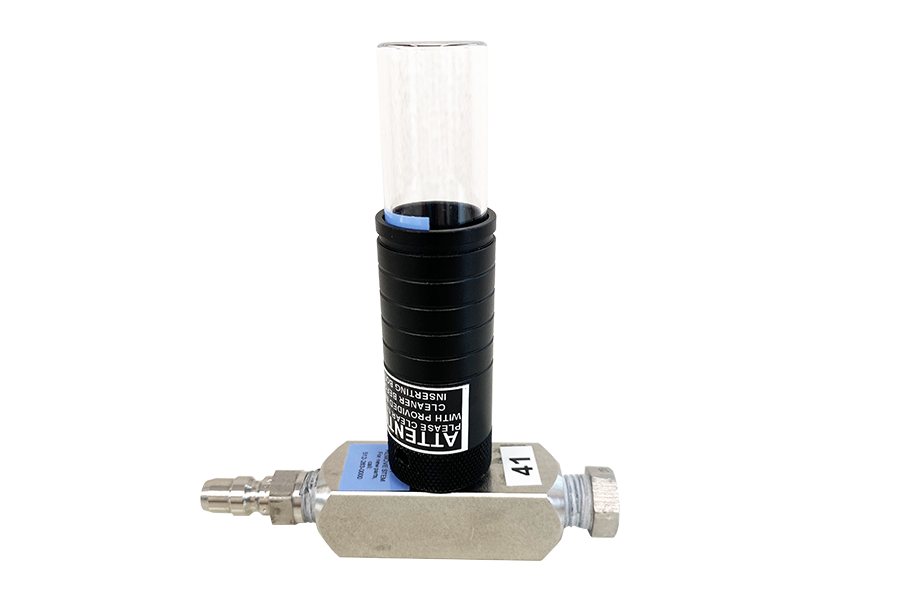
Regardless of whether you’re testing Nitrogen, Oxygen, Argon, or mixed gases, Trace Analytics has the expertise to meet your requirements.
Learn more about pure gas testing with Trace Analytics here.
Read the original article on AirBestPractices here.

